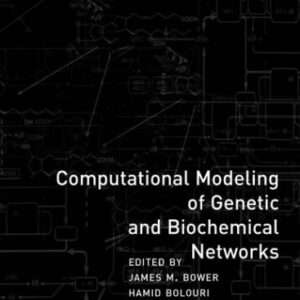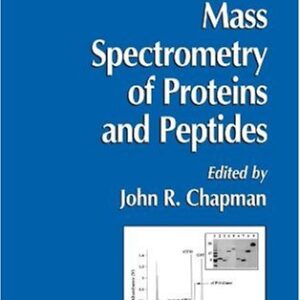An integrative view of the evolution of genetics and the natural world
Even in this advanced age of genomics, the evolutionary process of unicellular and multicellular organisms is continually in debate. Evolutionary Biology, Cell?Cell Communication, and Complex Disease challenges current wisdom by using physiology to present an integrative view of the nature, origins, and evolution of fundamental biological systems.
Providing a deeper understanding of the way genes relate to the traits of living organisms, this book offers useful information applying evolutionary biology, functional genomics, and cell communication studies to complex disease. Examining the 4.5 billion-year evolution process from environment adaptations to cell-cell communication to communication of genetic information for reproduction, Evolutionary Biology hones in on the “why and how” of evolution by uniquely focusing on the cell as the smallest unit of biologic structure and function.
Based on empirically derived data rather than association studies, Evolutionary Biology covers:
A model for forming testable hypotheses in complex disease studies
The integrating role played by the evolution of metabolism, especially lipid metabolism
The evolutionary continuum from development to homeostasis
Regeneration and aging mediated by signaling molecules
Ambitious and game-changing Evolutionary Biology suggests that biology began as a mechanism for reducing energy within the cell, defying the Second Law of Thermodynamics. An ideal text for those interested in forward thinking scientific study, the insights presented in Evolutionary Biology help practitioners effectively comprehend the evolutionary process.Content:
Chapter 1 The Cellular Origin of Vertebrates (pages 1?16):
Chapter 2 Reducing Lung Physiology to its Molecular Phenotypes (pages 17?24):
Chapter 3 A Cell?Molecular Strategy to Solving the Evolutionary Puzzle (pages 25?34):
Chapter 4 The Evolution of Cell?Cell Communication (pages 35?52):
Chapter 5 How to Integrate Cell?Molecular Development, Homeostasis, Ecology, and Evolutionary Biology: The Missing Links (pages 53?73):
Chapter 6 From Cell?Cell Communication to the Evolution of Integrated Physiology (pages 75?93):
Chapter 7 Exploiting Cell?Cell Communication Across Spacetime to Deconstruct Evolution (pages 95?113):
Chapter 8 The Periodic Table of Biology (pages 115?124):
Chapter 9 Value Added by Thinking in Terms of the Cell?Cell Communication Model for Evolution (pages 125?138):
Chapter 10 Cell?Cell Communication as the Basis for Practicing Clinical Medicine (pages 139?150):





Reviews
There are no reviews yet.